Hi Everyone!
For those of you who have been with me for a while this will come as no surprise to you….I love wood kitchen counters. Always have. Always will. They are without a doubt by favorite, and there was no question that I wanted them in our kitchen when we purchased the cottage bungalow and started our remodel.
I get asked about them ALOT: “why did you choose butcher block instead of granite or quartz?”, “where did you purchase them?”, “do you actually cut on them or are they just for aesthetics?” But, the number 1 question I get is: “how do you maintain them, and how often do you do so?” So today I’m sharing exactly how….and its SUPER EASY!
So to start Ill answer the first two questions: First, We purchased ours from Ikea. They were and are SUPER affordable and are great quality. We have the birch because at the time that was all that was available…other than beech. I really really wanted the Oak but there was an issue with the manufacturer and they weren’t carrying them and didn’t have any ETA as to when they would be back in stock. The oak is soooo beautiful and if they were an option at the time I would have definitely chosen them.
Second, Yes, we actually use our butcher for prep. I cut, chop, and prep directly on them. The only thing I dont handle directly on them are onion, citrus, raw meat, anything containing raw egg, and dough. For my dough I use the marble island. They have already started to patina and have scratches and nicks…
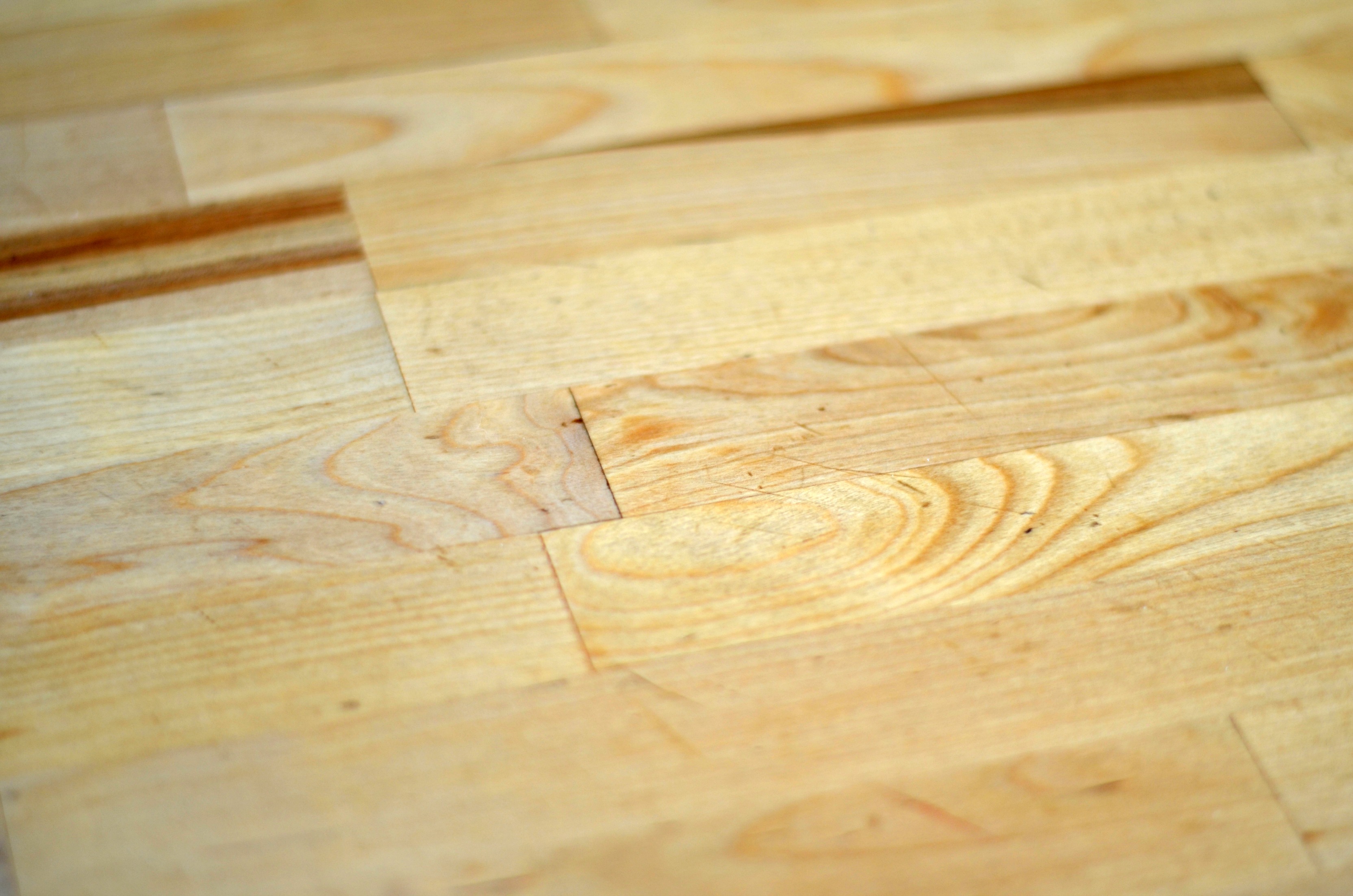

These are what I like to call “love marks”…and I absolute LOVE them. I never wanted to have them just for the look of the wood so I used a food safe method to seal them from the very beginning.
Alrighty, so here’s how I oil them every couple months or so…
1.Start with clean dry countertops. I give them a good wipe down with hot soapy water and allow them the dry.
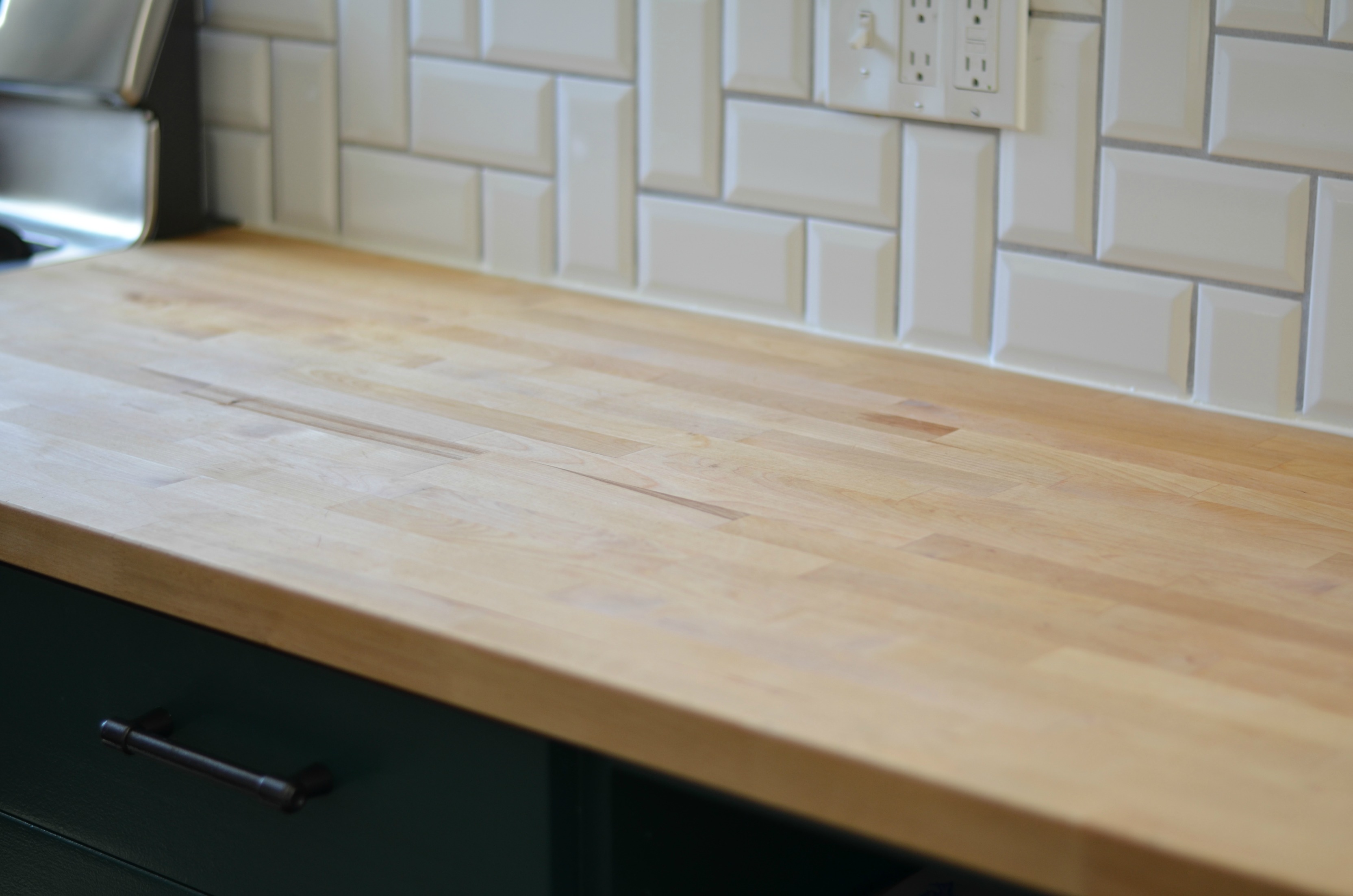
2.Grab your key players: Howard’s Butcher Block conditioner. I love this stuff and its my favorite product to use on them, it absorbs really well and leaves a beautiful finish (i also use just plain old mineral oil if i’ve run out of the Howards), 220 grit sandpaper, and soft white lint free cloths. You can them from Home Depot or Ace by the pack. They are basically like ripped cotton tshirts

3.Lightly sand any areas that may need it. If you have any stains that didn’t wipe out or if you want to sand down any deeper cuts or nicks. This is what make butcher so flexible and wonderful. You can sand out most any imperfection or damage from daily use. Ive sanded out wine and spaghetti stains and even areas where the kids left water sitting on the counters too long and it developed a black water stain! Make sure you sand in the direction of the grain. Wipe down with a clean cloth when done.

4.Apply the conditioner (or mineral oil). I always apply a pretty liberal amount and use a cloth to lightly spread it all over the wood in the direction of the grain. Allow this to sit for at least an hour. I will sometimes do this right before bed and allow it to sit overnight. The wood will absorb the oils and this is what creates the water resistant seal. Repeat this step a couple times when you install them for the first time or have done any major repair work on them.



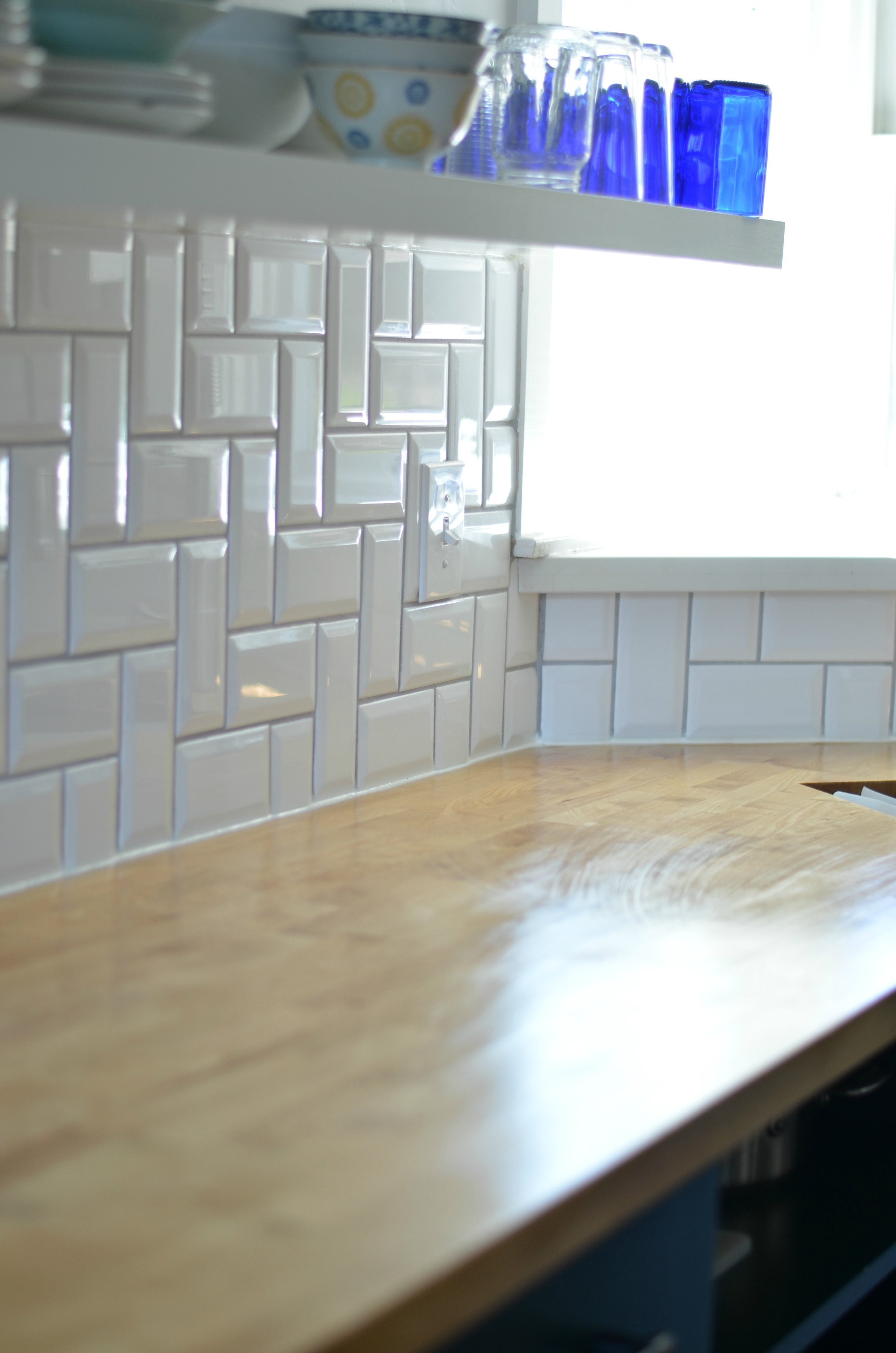 5.And the final step: wipe away excess oil that didn’t absorb into the wood with a clean dry cloth. I give them a good buffing when I do this as well.
5.And the final step: wipe away excess oil that didn’t absorb into the wood with a clean dry cloth. I give them a good buffing when I do this as well.
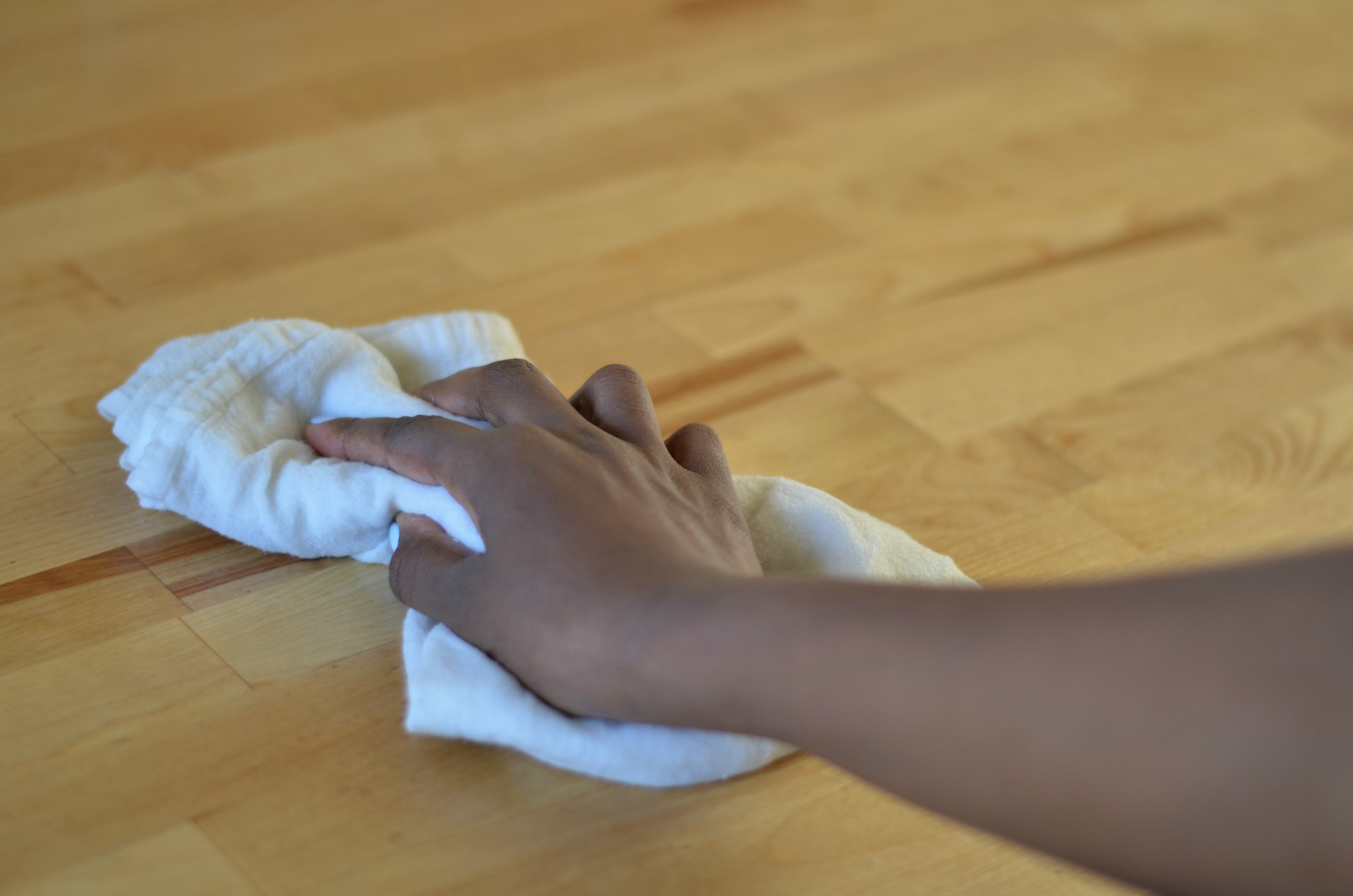
And that’s it!
I think a lot of people are intimidated by butcher block because wood is a living, entity and it really can be tricky to care for if you don’t have much experience with it. Its definitely not as easy and thoughtless as working with a natural stone surface like granite, or quartz. You have to be more aware of things such as hot pots, sitting cups of ice, cutting directly on it (if you don’t plan to use them as a prep surface), and most importantly water. Making sure they are nice and sealed keeps them as maintenance free and protected as possible. And it ensures their beauty and longevity. You also have to be aware of the products you use for their daily care because certain chemicals can affect wood in a negative way…plus most aren’t food safe. For daily care I simply use hot soapy water to clean them.
Are butcher block countertops for everyone? Absolutely not! But they most certainly CAN be for lots of people who may have thought they were impossible. For me, their care is just a small sacrifice to make for a look and surface I love. Hope this helps….
Until next time friends.
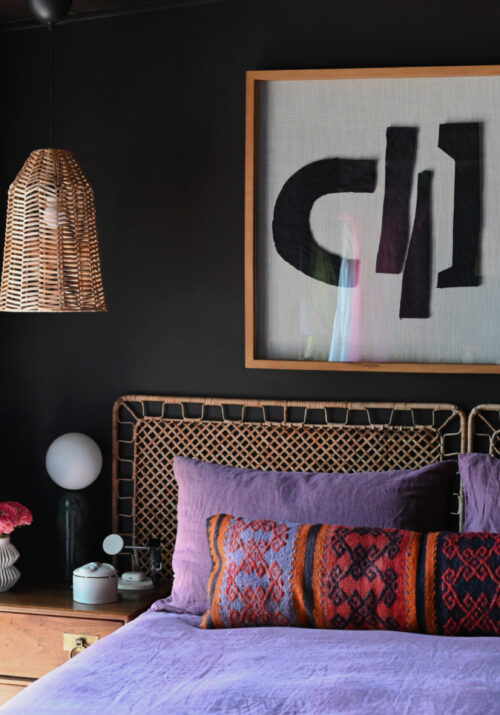
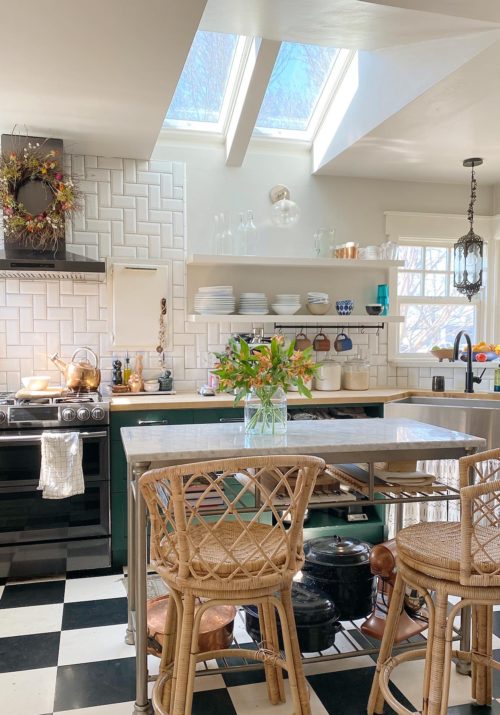
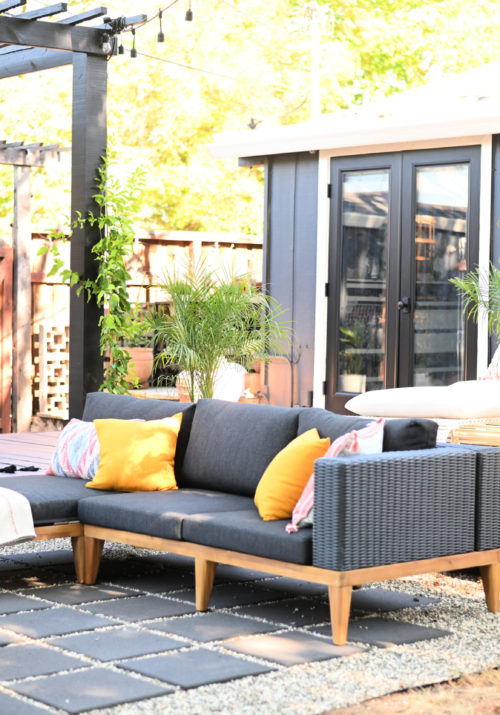
Lori says
I got butcherblock for my kitchen island & used the method & products you describe, but every time the wood would get wet, the grain would raise, even after 10+ bottles of butcherblock oil soaked in. The surface never felt smooth & clean, and it drove me so crazy that I eventually covered it with a sheet of tempered glass. Do you ever have that raised grain issue? I got my butcherblock from Lumber Liquidators, and it was raw wood. Maybe IKEA’s comes already sealed with something? I’m just really frustrated because I love the look & wanted to love my butcherblock, but no matter how much oil & sanding, I couldn’t get mine to stay feeling smooth. Any ideas besides starting over with a different product?
Shavonda Gardner says
Hi Lori! Im so so sorry to hear you haven,t had the same success I have with this method. The only thing I can possibly think of is it may be the wood. I have never experienced what you’re describing. I’ve done this process with our counters since the day we installed ours. If i remember correctly the ikea butcher block does come with a light layer of some type of sealant, but it actually requires you to sand it off and then start the sealing process. I would maybe suggest trying just basic mineral oil. Its possible your wood doesnt like the oil/wax mix? I hope you find something that works for you soon. It breaks my heart to hear youre having such issues.
amyks says
Hi Shavonda,
We have an oak kitchen table that belonged to my husband’s grandmother, it’s probably close to 100 years old (may be older). It is pretty beat up in some sections, do you think that butcher block conditioner would work on it? I like the “patina” of this table, and I don’t want to strip it and refinish it, but it is pretty tired and could use some help. Let me know what you think.
Thanks,
Amy
aks07 on Instagram 🙂
Shavonda Gardner says
Hi there!! I think it definitely doesnt hurt to give it a try! I would suggest testing out a small area and if you like the look and feel of it then finish the rest:) Sounds like and an amazing table friend! 100 years old!! What a treat.